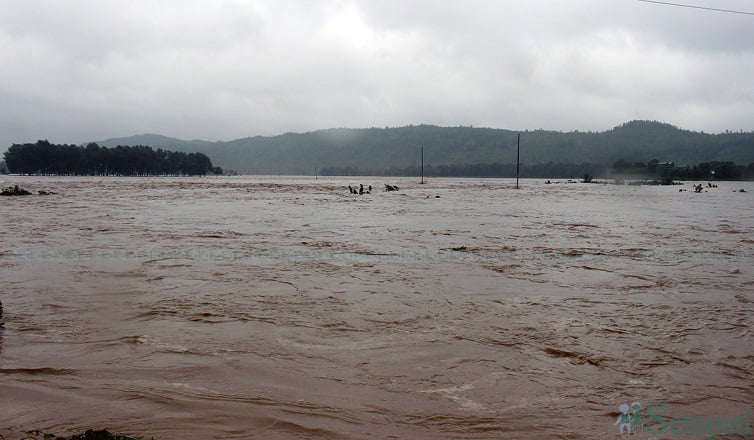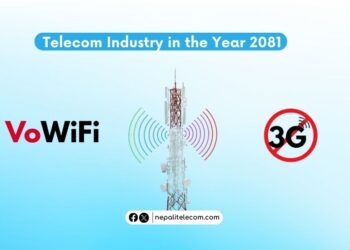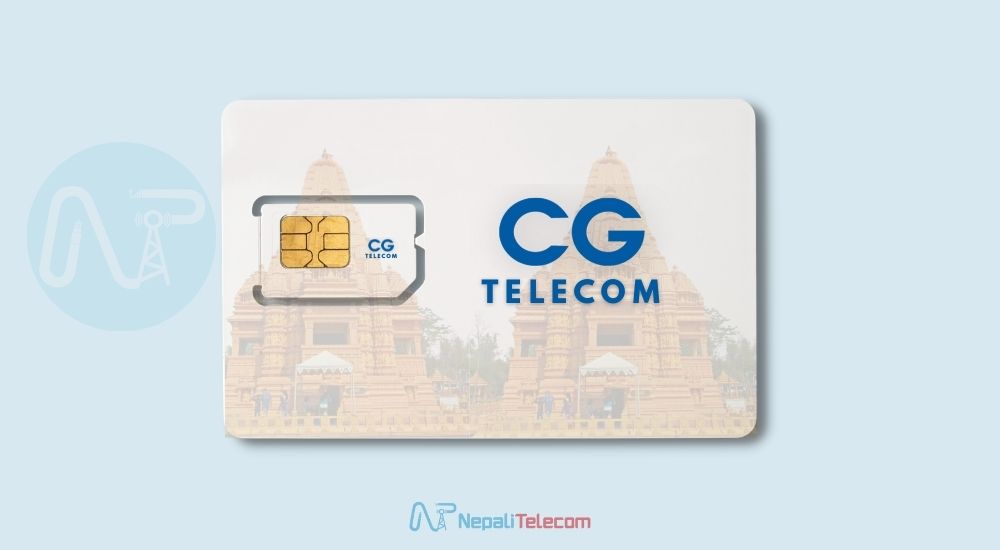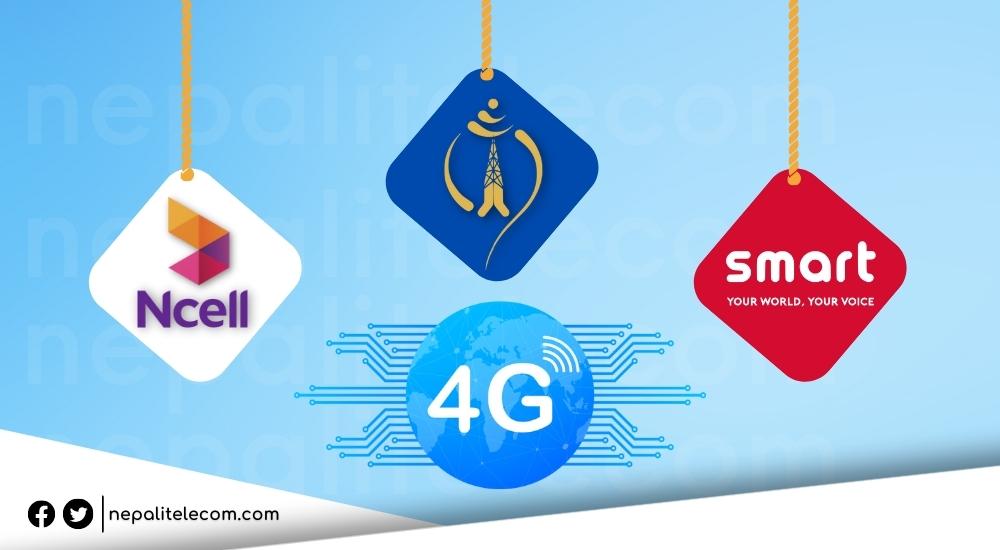Disaster affects people’s life along with the destruction of physical infrastructures. Mobile networks also suffer during the disaster period. People may ponder, “Why mobile network become problematic during a disaster when they need it the most”. During any sort of disaster like flood, fire, landslide, Earthquake, the outage of individual cells is likely. The cells are down either due to electricity outage, building/tower damage, Transmission link like Microwave, Optical fiber damage. The physical destruction of the telecom infrastructure during Disaster takes some time to restore leaving less option to manage the mobile network.
Another important thing is that people tend to use the mobile network more than the regular time. When a disaster occurs, people make a call to their family/loved ones to know their whereabouts. Similarly, they seek information from the internet for the level of damage, the upcoming disaster or the safety instructions. Telecom companies get hard time to cope up with the surge/spike of traffic while having damage to the network.
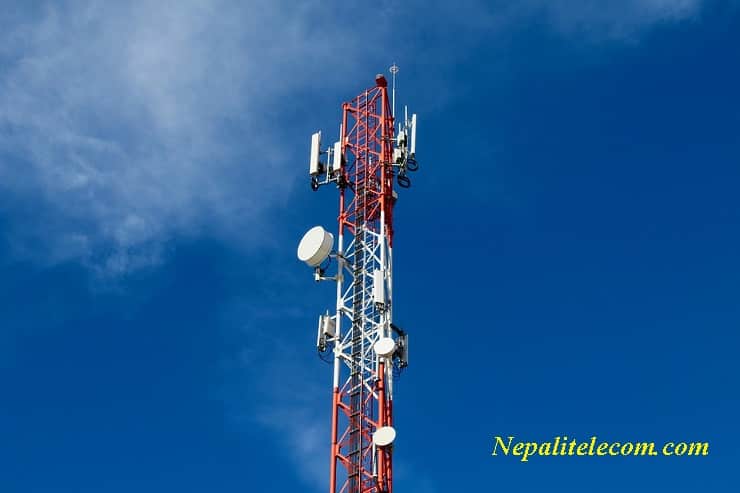
Due to the outage of cells, people may or may not get the mobile network signal in their phone. If the whole geographical area is swiped/damaged by the disaster, all/most cells will be down in some area. So, it is less likely for the cellular signal to reach you. Suppose the cell outage number is not that high in an area, then the mobile network will appear in your phone but it may be congested.
Regarding the congestion, firstly the network capacity goes down due to the cell outage. Second, network usage also goes immensely high, creating congestion in the operating base stations. Although the cells can cater to additional traffic than the regular ones, the outage, and higher usage trobles the telcos in handling the congestion.
How telcos tackle mobile service outage?
At first, telecom gathers information about the no of outage base stations and the reason behind it. They try to keep the backbone network intact as the backbone network affects a large part of the mobile network.
Damage in optical fiber due to a disaster like a flood, landslide, earthquake results in a higher network outage. So, the telcos need to mend the optical fiber as soon as possible. Suppose, optical fiber maintenance is not possible due to the disaster, they may seek for an alternate solution for the transmission link that is either using new optical fiber from the different route or using Microwave link that may or may not be there for redundancy.
Sometimes some of the telecom equipment like electricity MCB, Telecom tower, Base station cards or units gets damaged due to the disaster (heavy rain, physical damage, electricity surge). So Telco Engineers to reach the base station to change the damaged part to restore the mobile network there.
Telcos also prioritize the base stations to act upon based on the coverage, capacity, and location. Sometimes, a single base station in higher altitude with adequate capacity can provide coverage and required demand for the network usage.
Sometimes they also use trailers or cell on wheels to provide a network in some limited areas.
Similarly, for the base stations with no electricity supply, telcos use the mobile generator to charge the battery in those base stations. If the backup can support a single 2G, 3G or 4G base stations, telcos turn on 2G base stations only, to provide the basic connectivity.
Congestion
Telecom operators advise people/customers to use mobile network unless an emergency situation. They also tell customers to use SMS or data service so as to free some resources for a voice call. The reason for the advice is that SMS take up a lesser amount of resources. Some resource is also needed for government authorities to send warning and safety information to people in disaster prone area. We also do not suggest people use bandwidth-hungry multimedia services like streaming music, video, movies.
Telecom regulator also provides additional spectrum to the telcos to increase the capacity. For which, engineers need to configure their operational base stations with the additional carrier to boost the capacity. Sometimes telcos optimize their network to handle more users with higher capacity.
Tell us what kind of problem have you faced in the mobile network during a disaster situation?


